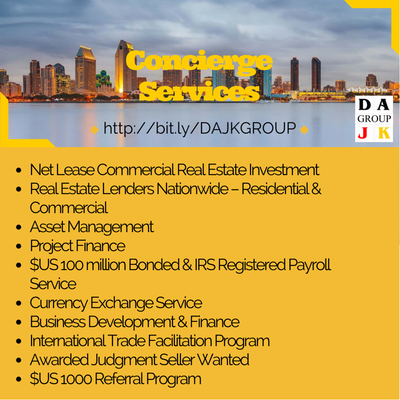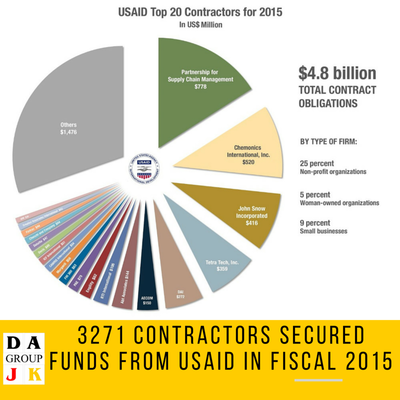|
1. Banks Are Still Lending Not only are banks lending for U.S. commercial real estate projects, but that lending has surpassed pre-recession levels, according to an August study conducted by the Federal Reserve Bank of Richmond. Analysts attributed this boost in commercial lending activity to three key factors — low interest rates, foreign investors’ robust appetite for U.S. property and strong renter demand that has led to an apartment building boom. The Fed finds that bank CRE exposure today is far less risky than it was in 2007. Traditional lenders have become more strategic in how they lend to commercial real estate players, making sure not to allocate too much of their credit to any one developer, sector or geographic area. “They have tightened their standards somewhat, but they still have plenty of capital to lend and can be very competitive for certain types of loans,” Cushman & Wakefield Vice Chairman and President of Equity, Debt & Structured Finance Steve Kohn said. Kohn is speaking on a panel at NAIOP’s Office Evolution 2017 event Nov. 9. The gradual increase of short-term interest rates has not tempered overall lending activity. CBRE’s Lending Momentum Index jumped 16.9% year-over-year in Q3, though it fell 4.7% quarter-to-quarter. 2. CMBS Issuance Skyrockets CMBS issuances took the cake in Q3. New CMBS loans amounted to $66.6B for the year as of the end of Q3, up significantly from the $49.9B issued during the same time period last year, CBRE reports. There has been a whirlwind of activity in the CMBS market this year as lenders settle in to risk retention rules that took effect last year. The market was in an uproar in 2016 as strict lending regulations forced lenders to keep more money on the books when underwriting loans. Fear that this tightening would deter banks from issuing loans was rampant in 2016, but that uncertainty has lessened significantly since the beginning of the year. In August lenders issued 335 loans totaling $10.65B, a huge spike compared to zero loans issued in January, further signaling a dramatic shift in lender mentality. 3. The Rise Of Alternative Lenders Alternative lenders are no longer the black sheep of the debt financing market. These nonbank lenders are stepping in and filling a void left by big banks by offering bridge and mezzanine loans for assets in the interim while borrowers seek more permanent financing. "They became a major player in the capital markets several years ago,” Kohn said. “They compete favorably on high [loan-to-value] loans of all types, mezzanine loans, construction loans and heavy transitional loans, where banks and insurance companies are much more conservative.” The country’s top five nonbank lenders — Blackstone Group, Mesa West Capital, Starwood Capital Group, TPG Capital and Mack Real Estate Credit Strategies — together funded $20B in bridge loans in 2016, according to Trepp data. Some of the country’s top developers are expanding their businesses to include debt to fund their peers’ projects. Developers like White House adviser Jared Kushner’s family business, Kushner Cos., Moinain Group, Related Cos. and SL Green Realty have shifted to the debt side of the business as good deals on the development side grow harder to find. 4. Two Buckets Of Capital Traditional bank lenders and alternative lenders are becoming increasingly competitive. JCR Capital Managing Principal Jay Rollins said there are two primary buckets of capital in the commercial lending game today — price leaders (balance sheet lenders) and proceeds leaders. Price leaders consist of life companies, insurance companies and traditional lenders in the space. Proceeds leaders are where the debt funds and alternative lenders hang out, Rollins said. With price leaders, borrowers are getting a lower rate, but only about a 60% loan-to-value ratio, which means they have to put in more out-of-pocket capital. Debt funds cannot compete with traditional lenders on rates, but can compete with a higher LTV ratio, often 80%. “It’s really become a fine line between those two things,” he said. “The market is becoming divided. Debt funds and balance sheet lenders are trying to find their niche.” Source: Forbes
0 Comments
Leave a Reply. |
AuthorDAJK GROUP is the place where investors, business owners and entrepreneurs can research and find useful information, insight, resources, advice, guidance and inspiration for acquiring funds for their project, acquisition for their net lease commercial real estate, increasing their assets and running their profitable business. Archives
July 2023
Categories |
Services |
Company |
|






































